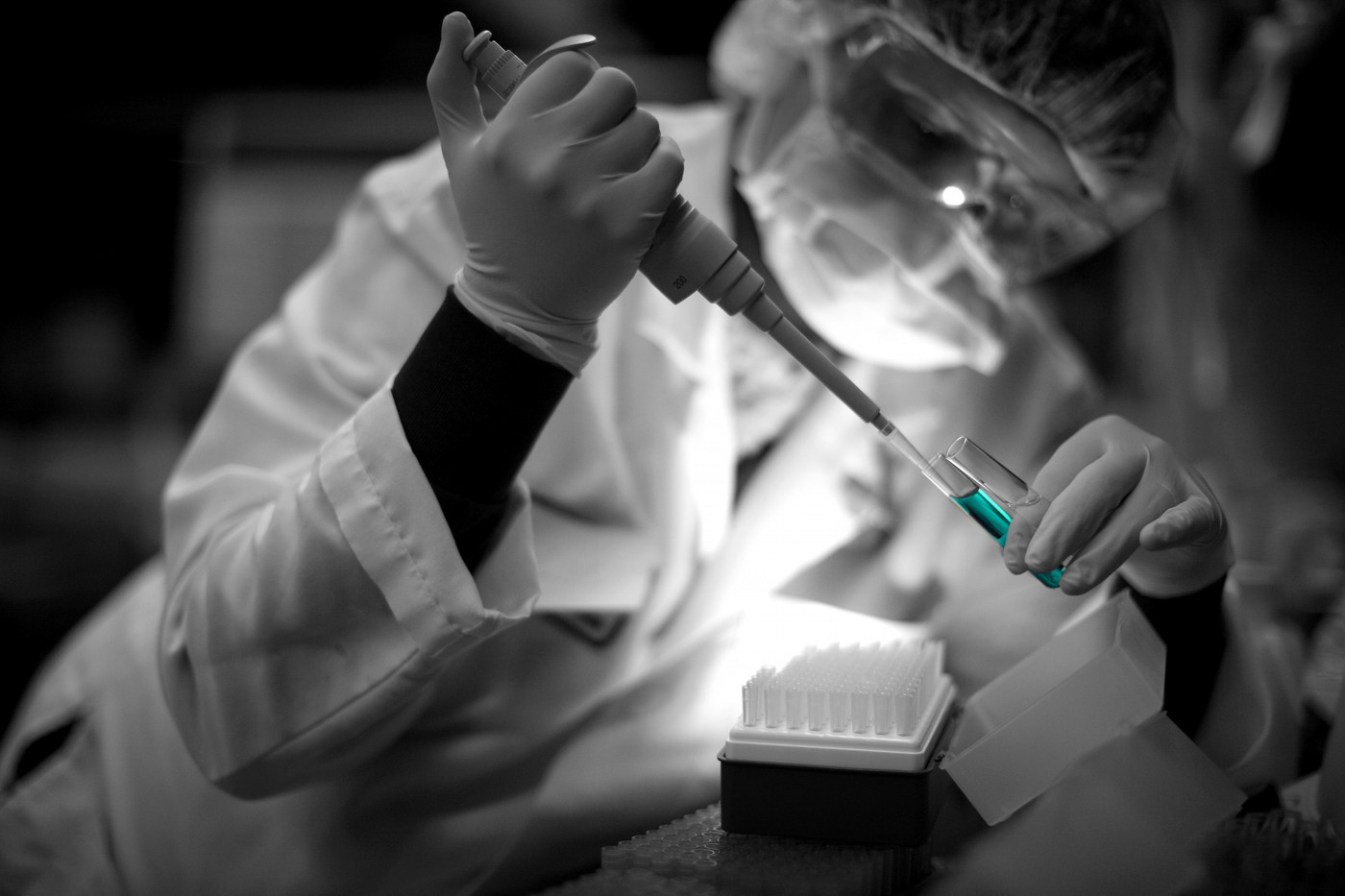Rigosertib May Be Effective, Safe for Squamous Cell Carcinoma in RDEB Patients, Study Suggests

A compound called rigosertib effectively suppressed tumor growth and induced selective death of cancer cells both in patient-derived cells and in mice with squamous cell carcinoma (SCC) and mice with recessive dystrophic epidermolysis bullosa (RDEB), according to a study.
Based on these preclinical results, a Phase 1/2 clinical trial (NCT03786237) evaluating rigosertib’s safety and efficacy is now in the works to start by summer.
The study, “Identification of rigosertib for the treatment of recessive dystrophic epidermolysis bullosa-associated squamous cell carcinoma,” appeared in the journal Clinical Cancer Research.
Patients with RDEB are at high risk of developing SCC, an aggressive type of skin cancer that is the main cause of death by age 45 in people with the severe generalized form of RDEB.
Research has shown that, in these patients, SCC is driven by the same mutations seen in ultraviolet light-induced SCC and head and neck SCC.
A research team’s earlier work identified the PLK1 enzyme as a potential therapeutic target in RDEB patients with SCC, observing that the level of its messenger RNA — generated from DNA in protein production — was higher in cells from RDEB patients than from controls. PLK1, involved in cell division, is implicated in several different cancer types.
In the current study, these same researchers tested the efficacy of six PLK1 inhibitors for their potential as therapies for SCC in people with RDEB. They first isolated healthy and tumor cancerous skin cells from 10 patients as part of routine surgical or diagnostic procedures.
In line with the previous results, PLK1 levels were increased in cells from all 10 patients. Then, exposure to the different PLK1 blockers revealed that rigosertib, developed by Onconova Therapeutics, had the highest specificity for cancerous skin cells in RDEB compared with normal skin cells.
In addition, rigosertib induced widespread cell death and cell cycle arrest in cancer cells from patients with RDEB. Rigosertib was capable of slowing the growth of healthy cells but at a markedly higher concentration than that required to kill the cancer cells, which suggests a lower risk of side effects and damage to healthy cells in patients, according to the investigators.
“Rigosertib was, by far, the best option,” Andrew South, PhD, the study’s senior author and a professor in the Department of Dermatology and Cutaneous Biology of Thomas Jefferson University, said in a press release. “It’s very good at killing cancer cells in models of the disease.”
“Sixty percent efficacy is something one might think about taking to the clinic, but 100 percent of the cells being responsive to the drug is something I’ve never seen before,” South added.
Then, in mouse models of the disease, systemic delivery of rigosertib effectively suppressed the growth and induced the death of two cancer cell lines. A subsequent imaging analysis revealed that tumors from animals treated with rigosertib had significantly fewer proliferative tumor cells as well as more cell death than control mice. Also, injection of rigosertib did not cause skin redness or ulceration (breaks).
Discovering that a systemic injection was effective is relevant for the upcoming clinical trial.
“Epidermolysis bullosa patients’ cancers metastasize very rapidly, so a systemic drug should target all the cancer cells in the patient,” South said. “If we can reduce the cancer, or even reduce the spread of the cancer, that is going to improve patients’ quality of life and extend their lifespan. We hope that the drug will be a cure for the cancer.”






